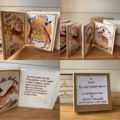Given the many other labour-intensive and time-consuming stages of printmaking – not least the production of the matrix, such as the plate, block or stone that carries the image information to be printed – choosing your printing paper can seem almost like an afterthought.
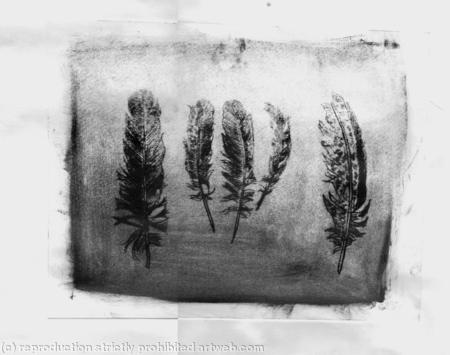
This might seem strange in light of the instrumental role of paper as the surface that the matrix is usually printed onto. However, it’s also true that artists can often afford to take a casual attitude to the paper they select, any given paper frequently being suitable for a wide range of printing purposes.
But if you wish to go beyond an attitude almost akin to “any paper will do” as a budding or developing printmaker, you’ll almost certainly want to try out different papers at some point, or at least know something about which papers suit which forms of printmaking.
Why is the paper you select so crucial anyway?
The truth is that for discerning and seasoned printmakers, the paper they use is as crucial a part of their image-making strategy as anything they do with the printing plate, stencil or screen. A well-chosen paper can, after all, be an intriguing aspect of the final artwork in its own right, perhaps contributing to and informing the work’s content and themes.
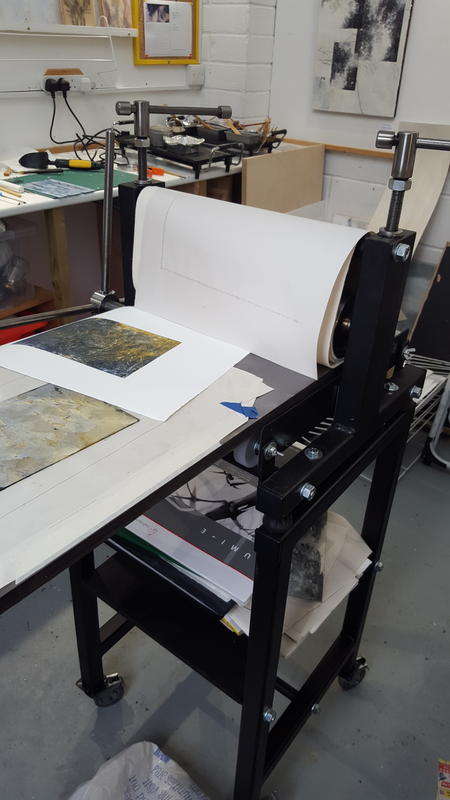
Aside from this, there are certain factors that every artist needs to think about when deciding on a printmaking paper. Almost regardless of the print process used, you will need the paper to be strong and long-lasting. The paper’s weight also merits consideration, although between 200 and 300 grams per square metre is fine for the majority of printmaking processes.
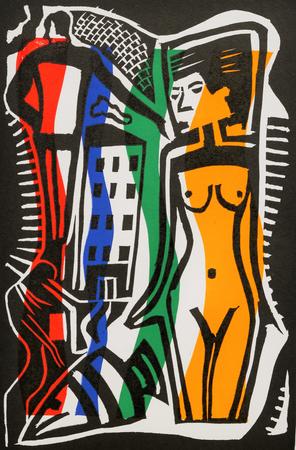
Surface texture is another very noticeable aspect of a printing paper, this characteristic being a function of how it is made. Depending on what effect you desire for the final image, as well as the technical requirements for whatever printmaking process you are using, your chosen paper’s texture might be an enhancement or a limitation.
Papers to consider for different printmaking methods
For every printing process, there are certain papers that are likely to bring especially advantageous results. Here are some of the printmaking jobs you might undertake, and the papers that might be the best match to each one:
Screen printing
Assuming you are using water-based inks, you will want whatever paper you select to have a smooth surface and be capable of withstanding the inks’ moisture content. Papers often chosen for this process range from Rives BFK, Lokta and Stonehenge to Pescia, Somerset Satin and Somerset Velvet.
Relief printing
When you are putting the paper through a press and printing damp, you will need it to be heavy enough to withstand dampening and embossment from relief printing elements. This is also a process for which a more textured paper might be used. Papers like Arches Cover, Domestic Etch and Copperplate may therefore be strong contenders. As for if you will be printing dry – again using a press – a soft and smooth paper that lends itself well to dry printing, such as Arches 88, Hosho or Rives Lightweight, is likely to be a good choice.
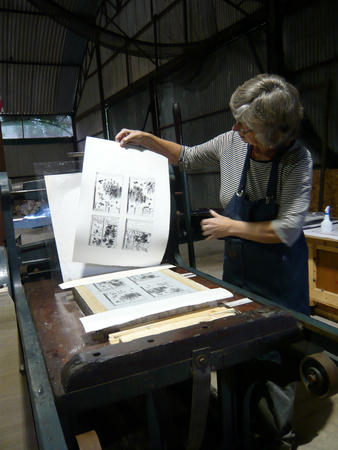
Intaglio printing
Intaglio processes like etching necessitate the use of soft and flexible papers, with heavier papers being advised for deeply embossed plates. Such papers as German Etch, Rives Heavyweight, Johannot, Lenox and Pescia may therefore bring the best results.
Collagraph
Plates created using this process are definitely on the more dimensionally embossed side, which is why the papers you use with such a matrix need to combine softness with heaviness and strength. We would suggest the likes of Arches Cover, Copperplate, German Etch, Johannot and Rives de Lin.
Lithography
This is a process that suits the use of relatively smooth-surfaced papers. However, it’s also possible to successfully print some soft but textured papers, provided that they are slightly dampened first. A fair few papers can be a sound match to lithography, ranging from Arches Cover, Arches 88 and Mohawk Superfine to Magnani Incisioni, Rives BFK and Japanese Etch, as well as smooth Asian papers.
Monoprint
Dry printing from a smooth surface is best done with a smooth waterleaf paper. Recommended options include Arches 88, Rives BFK, Somerset Velvet and Pescia.
With so many suitable papers being easily available to today’s printmakers, there’s little excuse for not embracing the paper itself as a key element of the conceptualisation of an image. And once you’ve selected the paper that suits your project’s needs, read our guide to preparing it for printmaking.
What have your own experiences been with different printing papers, and which papers would you advise for which printmaking jobs? Feel free to share your thoughts in the comments section.




